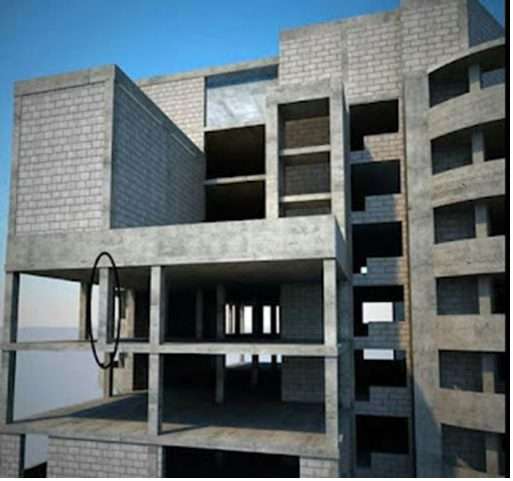Stub column purposes and applications
A stub column is a type of post that is very small in length and does not connect directly to the base.
Therefore, it does not have a base and relies on a beam or board to carry loads.
The heel counter acts as a point load on a beam on which it rests.
The height of the heel column is very low, so flexion failure is rarely observed.
It is constructed between different floors, feet, and floors to transfer loads, improve building rigidity,
and create symmetrical load distribution. It is an overpressure element.

Stub column applications
- A stub shaft is provided to transfer loads from girder to base in case of belt base.
- Increases the rigidity of the building.
- It creates symmetry in the geometry and load distribution in the building, for example, when the room span is larger in case the geometry of the different floors is not symmetrical.
- It can be used to improve the aesthetic appearance of a building.
- A tripod can be used to reduce beam divergence in the case of long-haul beams.
- It assists in the safe and reliable transfer of loads from one beam to another.

Stub column defects
The heel shaft increases the shear force of the beam upon which it rests, and the beam may fail to shear.
Therefore, the cross-section of the beam must be increased,
which may be uneconomical in certain circumstances.
Advantages of a Stub column
- Helps move loads
- Improves building rigidity
- Creates geometric symmetry in asymmetric floors
- Improves the aesthetic appearance of the building
- It reduces deviation
For more architectural news






